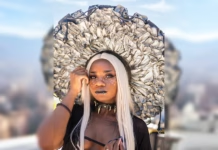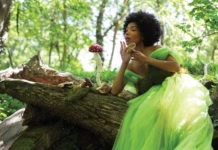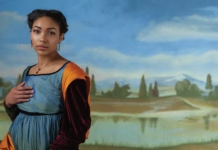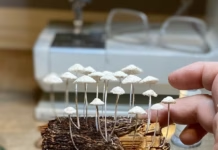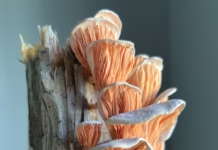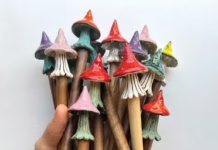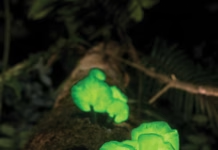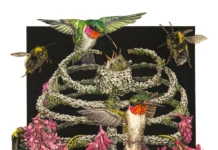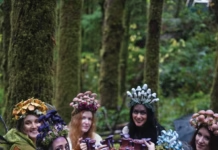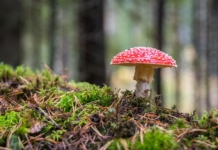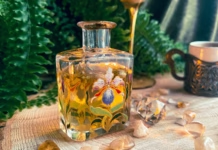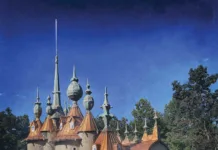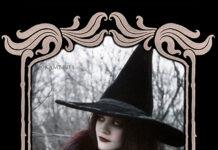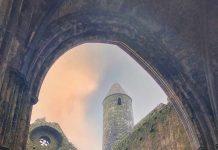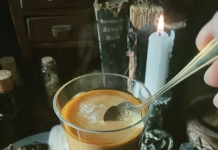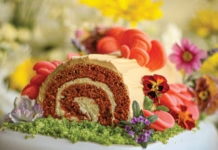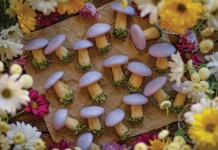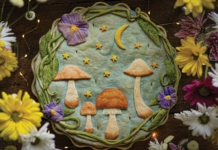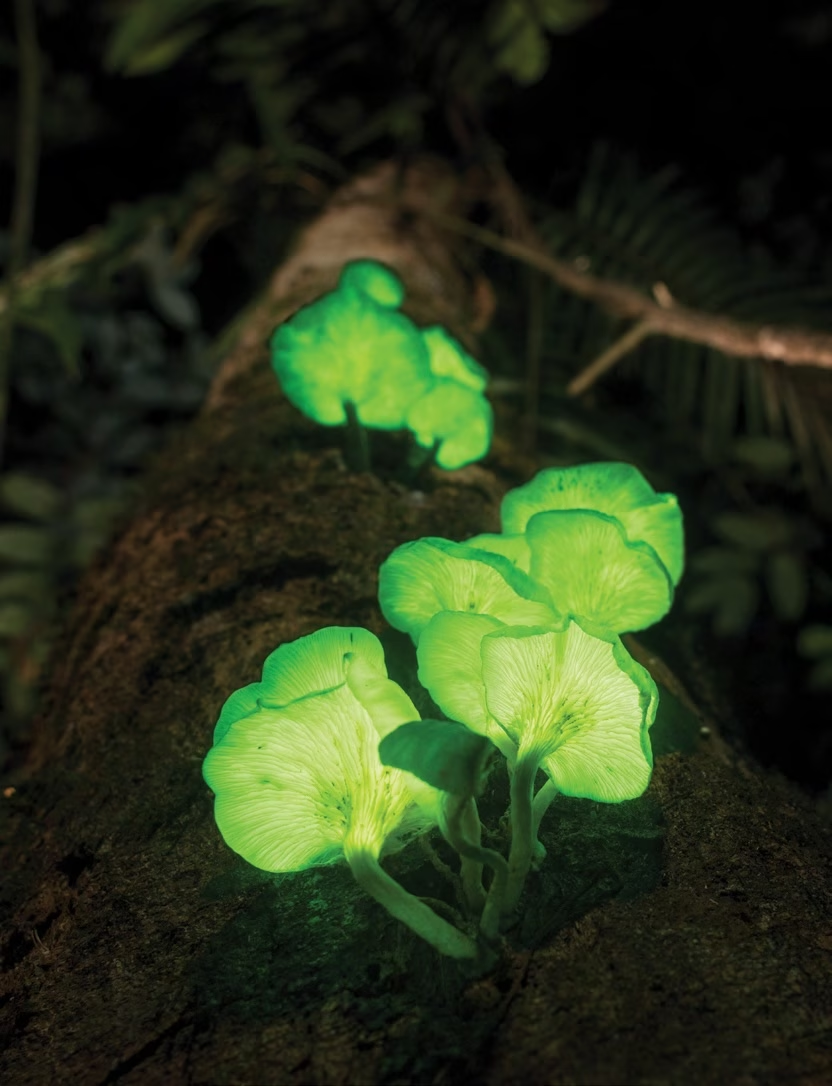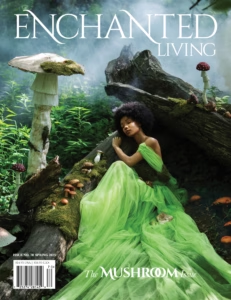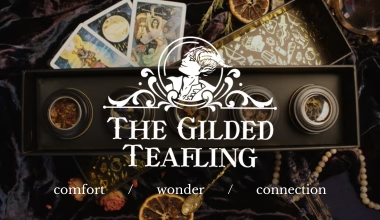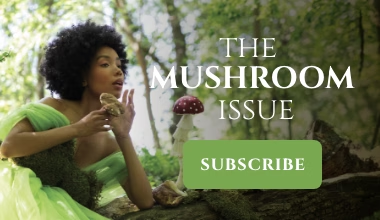Some people carry wicker baskets into the woods and fill them with chanterelles and morels. They gather wild mushrooms to plop into soups and sprinkle on salads. I occasionally enjoy mushrooms myself, baked into focaccia or simmered with vegetables. But when I go into the woods with an eye toward fungi, I’m not usually hoping to harvest dinner. I’m hunting for glimpses of wonder.
interesting, but bioluminescent mushroom species—often referred to as foxfire—are especially precious, because they glow with living light. Foxfire turns forest floors into dreamworlds, the realm of fairy tales and mystical creatures. The mushrooms seem too magical to be real, but foxfire—ounce for ounce, arguably the most enchanted fungi in all the land—is as real as real can be. And you can find it all over the world. Bioluminescent mushrooms glow in North American hardwood forests, under the rain-dripping leaves of Brazil, and among the bamboo groves of Japan. Spin a globe under your finger and you’ll likely find foxfire not far from wherever your pointer lands.
Historically, various species of foxfire were collected in jars to serve as lanterns. The mushrooms have been used to outline pathways in the dark, and they once illuminated the hulls of early submarines. Our word foxfire is thought to have derived from the French faux, for “false,” making the term “fake fire.” But whatever the etymology, almost everywhere foxfire is found, folklore associates it with mysterious, supernatural forces—and often with those fire-furred woodland animals. In Japan, for example, foxfire is associated with ghostly light said to appear in the presence of foxes. In Finland, foxes are famously known to move through the woods with brushy tails that twinkle. It’s rumored that they’re sometimes able to even ignite things with their tails, as though they’re painting with fire.
In my home region of southern Appalachia—where foxes flit out of woods with regularity and foxfire fungi is abundant— foxfire species include jack-o’-lantern mushrooms, large and orange as pumpkins, and bitter oysters that in the dark looklike coins of light. To find them, I’ve learned that patience is required. Glowing mushrooms are subtle; they reveal themselves only to those who allow their night vision to ripen.
When I set out to find foxfire, I take time to experience light sifting out of this world. I rest on mossy logs and let my eyes adjust slowly, in unison with dusk. In time, I can often see mycelium consuming fallen leaves, like glowing cotton candy on the forest floor, whereas before dark I saw only clumps of ordinary leaf litter. Sometimes only in the dark is the ordinary revealed to be extraordinary. Of this, foxfire is a beautiful reminder.
Many mushrooms release their spores in tiny clouds that swirl in the wind. I have never seen it myself, but I’ve heard that when bioluminescent mushrooms do this, their spores glow in midair as miniature clouds of light. That seems worth seeking out—a quest yet to be undertaken. In the fungal world, there’s always something magical awaiting.
Many mushrooms release their spores in tiny clouds that swirl in the wind. I have never seen it myself, but I’ve heard that when bioluminescent mushrooms do this, their spores glow in midair as miniature clouds of light. That seems worth seeking out—a quest yet to be undertaken. In the fungal world, there’s always something magical awaiting.
Bitter oysters are not something you’d want to simmer in stew or toss in a salad. But it’s impossible to question their value if you’ve ever seen them alight. In a world that seems so overexplored and overlit with artificial light, discovering glowing mushrooms in natural darkness delivers a giant helping of awe. In this way, foraging inedible foxfire provides its own sort of nourishment.
Henion’s book Night Magic, published by Algonquin Books, can be found wherever books are sold. Learn more about Leigh Ann Henion at leighannhenion.com.
Art: Nature Picture Library / Alamy Stock Photo



